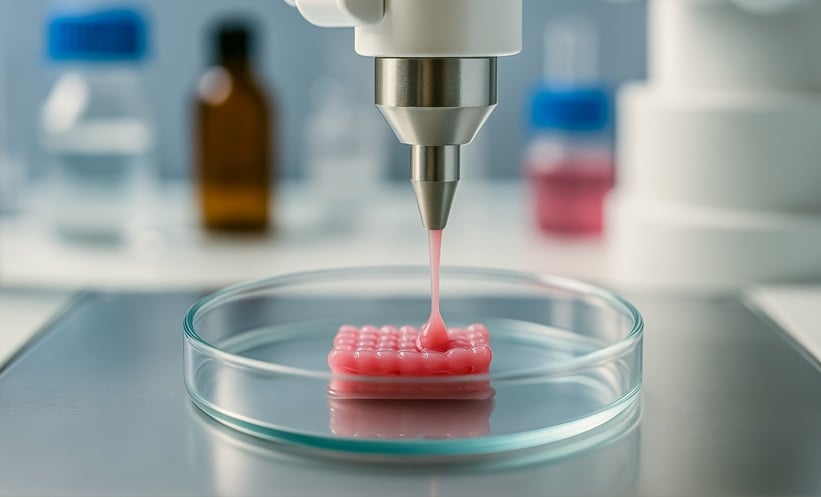A NEW study has shown challenges and opportunities in developing a smartphone-based, AI-interpreted ovulation prediction test using salivary ferning, particularly for women with irregular menstrual cycles including those with PCOS.
Females with irregular or unpredictable menstrual cycles currently face limited reliable at-home ovulation prediction options. Standard test kits primarily detect urinary luteinizing hormone surges optimised for regular cycles, leaving a gap in fertility tracking for those with conditions like polycystic ovary syndrome (PCOS). This study aimed to assess whether participants with varied cycle lengths could complete the tasks required to train an AI model for salivary ferning-based ovulation prediction.
The study recruited 133 females aged 19 to 35 years between February and October 2023. Eligibility criteria included active menstruation, ability to attend lab visits, and access to healthcare. Of the 69 eligible participants, 43 (62.3%) consented and completed baseline surveys, with most being White, employed, highly educated, and having a mean BMI of 28.9 kg/m². Among 29 participants receiving a study kit, 17 began data collection, nine provided data for one full menstrual cycle, and only seven completed the study. Dropouts were mainly due to irregular cycles impacting the study timeline, pregnancy, relocation, time constraints, and stress related to tracking anovulation. Data collection involved daily saliva samples and luteinizing hormone measurements submitted remotely.
The findings highlight the importance of refining recruitment messages to minimise ineligibility, simplifying study requirements to reduce participant burden, and adding education on ovulatory health to ease stress. Improved study design will enable collection of robust data to develop and validate an AI-powered smartphone ovulation predictor for women with irregular cycles, supporting advancements in femtech and personalised female reproductive health management. Future research should focus on these optimisations to ensure scalability and clinical usability.
Reference
Peebles E et al. Digitally enabled AI-interpreted salivary ferning–based ovulation prediction: feasibility study. J Med Internet Res 2025;27:e73028.








